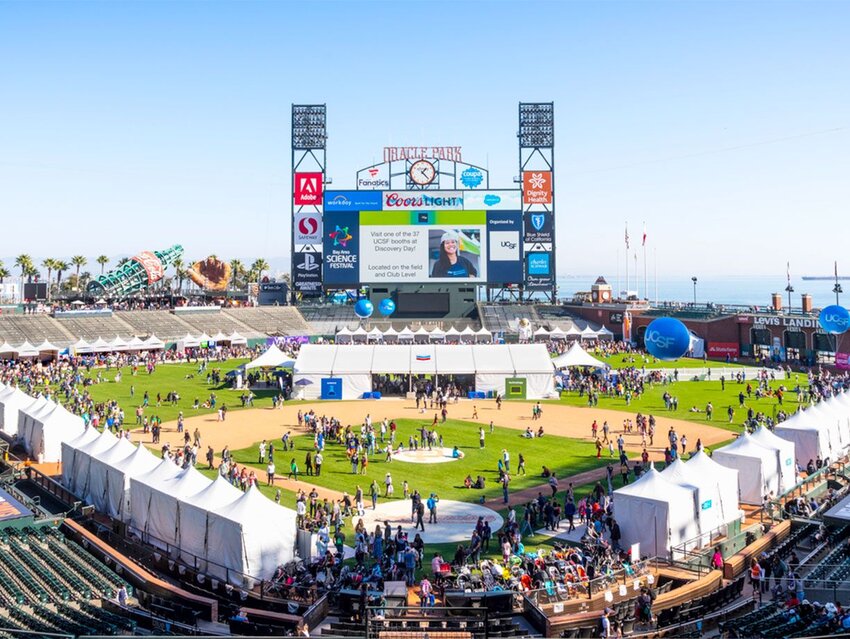A stadium is quite an investment for a city — it can cost hundreds of millions of dollars to build, but it has the potential to bring in even more than that in revenue, especially if it performs multiple functions. Many stadiums host conventions and concerts, as well as individual sports teams, and even convert the fields for multiple sports. However, while a stadium today has many functions, it still has a clear definition of a large sports facility. But that definition has evolved dramatically over the past millennium — the original definition of the Latin word stadium was that of a unit of measure. It measured a foot race, and a stadium was roughly one-eighth of a Roman mile, or just over 600 English feet. In the early days of the Olympics, the Greek stadion was used to measure the length of the running track. The Greek word stadios means “fixed,” implying a fixed distance.
Zeus Inspired the First Stadium
The ancient Olympic Games were held in Olympia (in the Western Greek region) from 776 BCE until 550 BCE. While Olympia was a powerful force in Greek civilization, it was still a very rural area. However, it earned the honor of hosting the Games thanks to an association with Zeus.
According to legend, the king of the Greek gods, Zeus, lived there around 1200 BCE. As the story goes, he cast a bolt of thunder from which grew a tree. This spot served as the finishing line for the Olympic races, and the winners’ wreaths were made from the tree’s leaves, signifying their impressive feat. The first stadium built on the site held 40,000 spectators, and during the time between Olympic Games, bore wheat fields. At that time, the Greek stadion was still only used to describe the actual running track, but historians today use “stadium” to describe the surrounding facility as well.
Archaeologists believe five different incarnations of stadiums were built at Olympia, each version becoming larger and more elaborate. However, remains show that the length of the track always remained consistent — 600 feet (192.2 meters). The legend goes that this fixed distance was the length that Hercules could run with one breath.
Competing for the Best Stadium
Fast-forward a few thousand years, and by the 1830s, the word for a specific distance had transitioned into the name of a facility for major sporting events, and teams around the world compete to build the biggest, most modern facilities possible. One of the world’s largest, with a capacity for 132,000 people, is the Narendra Modi Stadium in Gujarat, India, the home field for the Gujarat and Rajasthan Royals cricket teams. The biggest arena in the U.S. is Michigan Stadium at the University of Michigan in Ann Arbor. Nicknamed “the Big House,” the stadium has a seating capacity of 107,601.
Stadiums, once associated with fixed distances, are now much more flexible and widely used spaces. As well as sporting events, they offer up space for concerts, conventions, and awards ceremonies. Their names are flexible, too. A growing trend of renaming stadiums after brand partners turned the NFL’s Giants Stadium into the MetLife Stadium, and Cowboys Stadium into the AT&T Stadium. Fans, pundits, and players have admitted that they have trouble using new stadium names, even if the previous name was also a brand — Reggie Jones, the L.A. Clippers point guard, told the Los Angeles Times, “I apologize ahead, I’ll still be calling it Staples [instead of Crypto.com].”
Featured image credit: Sundry Photography/ iStock

